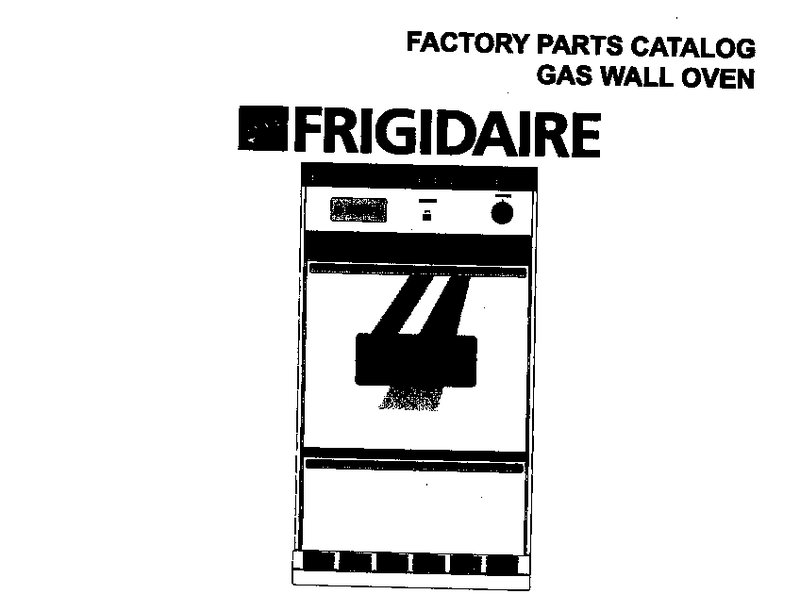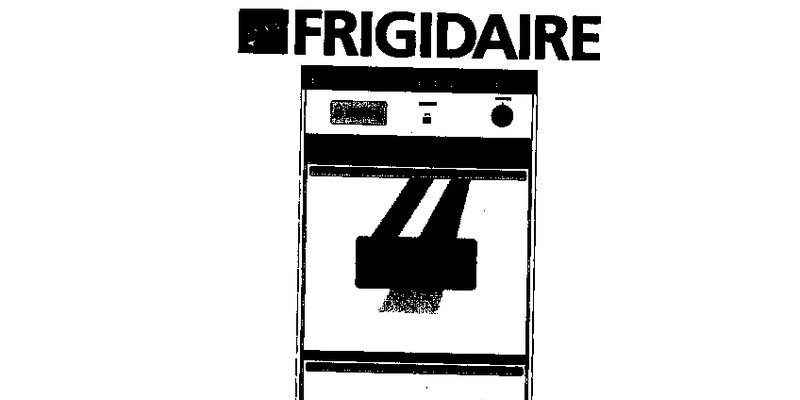
Error codes can seem daunting at first, especially if you’re not well-versed in appliance repair. But just like how a smoke alarm warns you of smoke, these codes are designed to alert you to issues before they become bigger problems. The F1 code, in particular, is commonly associated with a fault in the oven’s control board or a sensor issue. This means your oven is either detecting something fishy with its electronics or perhaps a sensor isn’t reading correctly. So, what should you do when this pesky code shows up? Let’s dive in!
Understanding the Frigidaire Oven Error Code F1
First, let’s break down what the Error Code F1 actually means for your Frigidaire oven or range. It sounds technical, but think of it like your oven’s way of waving a red flag to catch your attention. The F1 error typically indicates a problem with the electronic oven control (EOC) or the touchpad. Imagine your oven’s control board as its brain, processing all the commands and ensuring everything works in harmony. When something isn’t right with this “brain,” it sends out the F1 error to alert you.
You might wonder why this error happens. In many cases, it’s due to a failure in the control board itself. Maybe there’s a poor connection somewhere, or perhaps a component has started to wear out over time. Additionally, it could be related to the temperature sensor, which might be giving incorrect readings, like a faulty thermostat that throws off your home’s heating. When these parts don’t communicate well, the error code pops up to prevent further issues.
It’s essential to understand that dealing with electronics like these can be tricky. Sure, a simple reset might clear the code temporarily, much like rebooting a computer to solve a glitch. But without addressing the root of the problem, the code is likely to return. So, getting to the bottom of it is crucial to keep your oven running smoothly.
When to Attempt DIY Solutions
You might feel the urge to don your DIY hat and tackle the F1 error yourself, and that’s perfectly fine! Sometimes, simple solutions can nip the problem in the bud. Start by turning off your oven and unplugging it for a few minutes. This is like giving it a brief nap to reset its “brain.” Once you’ve done this, plug it back in and see if the error persists.
If that doesn’t work, you might need to dig a little deeper. Check for loose connections by gently opening the back panel or control console (safety first—unplug that appliance!). Sometimes, just like tightening a loose shoelace, securing a connector can solve the issue. Also, consider inspecting the temperature sensor. It should read around 1100 ohms at room temperature. If it’s off, replacing it might solve your problem without further ado.
However, if you’re not comfortable tinkering with your oven’s innards, that’s okay. Not everyone is keen on handling electrical components, and safety is paramount. If you’re hesitant, it might be time to consider calling in a professional.
When to Call a Technician
So, how can you tell when it’s time to call a technician? If you’ve attempted some basic troubleshooting and your oven still stubbornly shows that F1 error, it’s best not to push your luck. A technician specializes in diagnosing and fixing these problems without the guesswork. They’ll have the expertise to pinpoint whether it’s an issue with the control board, sensor, or something entirely different.
Attempting to repair electronic components without proper knowledge can lead to further damage, much like trying to fix a phone without the right tools. It’s easy to accidentally cause more harm than good. Plus, technicians often have access to replacement parts and can ensure they’re installed correctly, saving you from future headaches.
Calling a professional not only ensures the problem is fixed correctly the first time, but it also provides you peace of mind. While there might be a service charge involved, think of it as investing in the longevity of your appliance. After all, your oven is a cornerstone of your kitchen, and keeping it in top shape is well worth the cost.
Preventative Tips to Avoid Future Errors
Once you’ve resolved the F1 error, whether through DIY means or with professional help, you might be wondering how to prevent it from happening again. Regular maintenance is key, much like taking your car for routine check-ups. Start by keeping your oven clean, ensuring no spills seep into the control panel or sensor area. Moisture and electronics don’t mix well, and keeping things dry can help prevent future issues.
Also, avoid slamming the oven door or pressing the touchpad buttons too forcefully. Treat these components gently, just as you would with any electronic device, to prolong their lifespan. If you live in an area with frequent power surges, consider using a surge protector. This small addition can protect your oven’s electronic components from unexpected power fluctuations that might otherwise cause harm.
Finally, stay informed and attentive. If you notice any odd behavior from your oven, such as random beeping or temperature inconsistencies, don’t ignore it. Addressing issues early can prevent the inconvenience of a breakdown, saving you time and stress in the long run.
In conclusion, while the F1 error code can be a nuisance, understanding what it means and taking the right steps can get your Frigidaire oven back in working order in no time. Whether you decide to tackle the problem yourself or call in a professional, the key is to act promptly and wisely. That way, you can keep cooking up a storm without worry!
